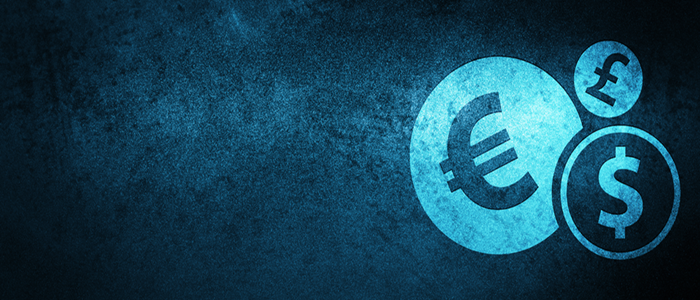As one of their last acts the previous legislative term, the European Parliament and the EU Council enacted a Directive on Copyright in the Digital Single Market (also known as “the DSM Directive”) dealing with a whole bundle of legislative issues, ranging from text and data mining, preservation of cultural heritage or use of out-of-commerce works to protection of press publications concerning online uses and publisher participation in copying levies to copyright contract law.
Article 17 of the DSM Directive (along with many of the explanatory Recitals to the Directive) addresses the role of online content-sharing service providers of which the main or one of the main purposes is to store and give the public access to a large amount of copyright-protected works or other protected subject matter uploaded by their users, which they organise and promote for profit-making purposes (sometimes referred to as OCSSP). In other words: It is about User generated content on Youtube, Facebook, Instagram and their peers. The focus of this Comment is on that portion of the article that seeks to identify who, if anyone, needs a license in connection with content uploaded by users of such services.
As Germany is in the middle of very intensive discussions around implementation of the Directive (due by June 2021), some parties seem to have drawn a significant misconception from the last half-sentence of Article 17(2). It is believed, in conjunction with the last sentence of Recital 69, that it provided for a general third-party effect: Of licenses granted to the OCSSP, with effect for the uploading user, or of licenses granted to the uploading user with the effect of covering the service. In fact, in most cases, the opposite will be true as both provisions refer to exceptions to the general rule that licenses are required on two different levels for two different kinds of use.
Let’s clarify. The structure of Article 17(2) is based on the general rule that both the OCSSP and the uploading user are responsible for acquiring licenses. The last portion of Article 17(2) then creates a very specific exception – that is, only uploads carried out by users not acting on a commercial basis or where their activity does not generate significant revenues would be covered by a license granted to the OCSSP. Every other person (for example, an individual creator seeks to earn a non-trivial amount of money from her postings, in which third-party music is embedded) and every other use needs a separate license. That would apply to the majority of content constituting the commercial backbone of those services.
Likewise, in order to get an OCSSP covered by the license granted to the uploading user, all rightsholders need not only to have explicitly authorized the user to produce a video (that is to say: the master copy that is to be uploaded, e.g. by an “influencer” channel on YouTube) but to grant the necessary rights to upload and make available to the public as such. Licenses normally issued by rightsholders in such contexts would neither cover the upload, nor the “making available” right.
This results in a two-layered licensing approach, as is common today in the field of film or TV production and subsequent broadcasting.
In the production model today, the producer of the content in question, for example of a video, clears all rights necessary for the production of the video, by concluding contracts with authors, actors and other rightsholders, including the synchronization (“synch”) rights needed to produce the master copy from which the communication to the public is performed. In fact, most professional or semi-professional YouTube videos are, basically, small independent television productions. To get this content communicated to the audience – in effect, “putting it on the airwaves” – the OCSSP will require an additional license (just as would any broadcaster).
Therefore, I think that we can expect that, just as happened with the evolution of rights management through television, cable television and satellite television, more sophisticated systems of monetization at OCSSPs (acting in the place of the broadcaster) will soon be devised to better manage these new circumstances of the two layered licensing approach and the requirements at each of the two layers I’ve pointed out here – simply because the license to use on either of the two levels will, as a rule, not cover the use on the other.

